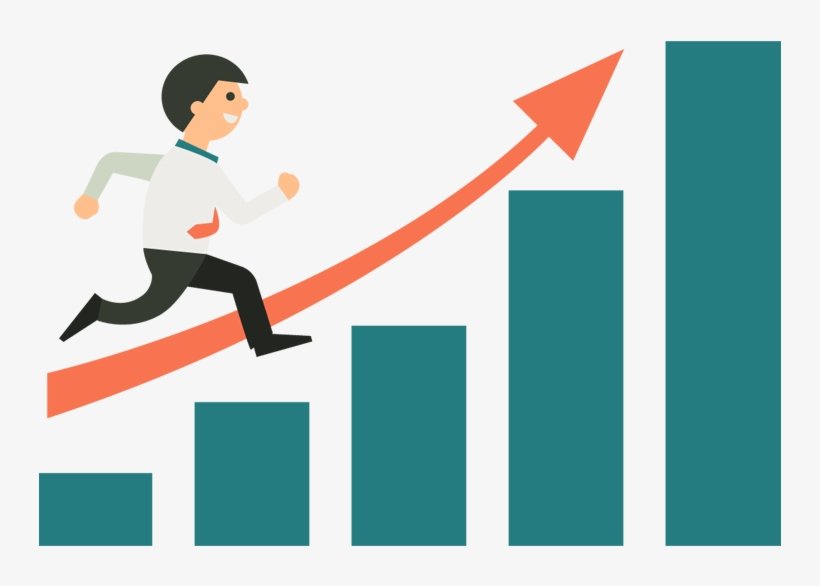Strategic Risk Assessment: A Proactive Approach to Business Success
In the dynamic landscape of modern business, strategic risk assessment is no longer a luxury but a necessity. For entrepreneurs and business leaders, proactively identifying and prioritizing potential risks is paramount to long-term success and sustainability. This comprehensive guide outlines a systematic approach to strategic risk assessment, offering practical examples and actionable advice to navigate the complexities of risk management.
1. Comprehensive Risk Identification: A Collaborative Approach
The foundation of effective risk assessment lies in a thorough identification process. Begin by brainstorming potential risks, encompassing both internal and external factors. This includes, but is not limited to, market volatility, competitive pressures, regulatory changes, technological disruptions, economic downturns, and supply chain vulnerabilities. Engaging your entire team in this brainstorming session fosters a collaborative environment, enriching the identification process with diverse perspectives and insights. The goal is to create a comprehensive inventory of potential threats before proceeding to analysis and mitigation.
Example: A retail business might identify risks such as increased online competition, changing consumer preferences, economic recession, and potential supply chain disruptions due to geopolitical instability.
2. Categorizing Risks: Establishing a Framework for Prioritization
Once you have a comprehensive list of potential risks, the next step involves categorizing them. This organizational framework provides a clearer picture of the various risk types affecting your business and simplifies the prioritization process. Categorization can be based on various factors, including impact area (financial, operational, reputational), source (internal, external), or risk type (market risk, operational risk, regulatory risk, etc.). This structured approach enables more efficient allocation of resources toward the most critical risks.
Example: The retail business could categorize its risks as Market Risks (online competition, changing preferences), Economic Risks (recession), and Operational Risks (supply chain disruptions).
3. Risk Severity Assessment: Quantifying the Potential Impact
Assessing the severity of each identified risk is crucial for effective prioritization. This involves evaluating the potential magnitude of its impact on your business, encompassing financial performance, operational efficiency, reputation, stakeholder relationships, and legal compliance. A clear understanding of the potential consequences enables more informed decision-making in resource allocation and mitigation strategy development.
Example: The impact of a severe economic recession on the retail business could be catastrophic, leading to significant revenue decline, job losses, and potential business failure. Conversely, a minor supply chain disruption might only cause temporary delays and minor cost increases.
4. Analyzing Risk Likelihood: Assessing the Probability of Occurrence
Determining the likelihood of each risk materializing is equally important. This assessment draws upon historical data, industry trends, expert opinions, and market analysis to provide a probability estimate. This data-driven approach focuses your efforts on risks with higher probabilities, maximizing the effectiveness of your risk management strategy.
Example: If economic forecasts indicate a high probability of recession, the likelihood of the recession risk impacting the retail business increases significantly.
5. Risk Quantification: A Numerical Approach to Prioritization
Assigning numerical values to both severity and likelihood allows for a more objective comparison between different risks. This quantitative approach facilitates a clear prioritization process, focusing resources on the highest-impact, most-likely risks. Methods such as risk scoring matrices, which assign numerical values to severity and likelihood and then multiply them to produce a composite risk score, can be highly effective.
Example: A severity score of 5 (highest) and a likelihood score of 4 could result in a composite risk score of 20, indicating a high-priority risk requiring immediate attention.
6. Developing Robust Mitigation Strategies: Proactive and Reactive Measures
Once risks are identified and prioritized, the focus shifts to developing comprehensive mitigation strategies. This involves designing both preventive measures to avoid risks and contingency plans to manage them should they occur. This dual approach enhances the overall resilience of the business, minimizing the potential impact of unforeseen events.
Example: To mitigate the economic recession risk, the retail business could explore cost-cutting measures, diversify its product offerings, and build stronger relationships with key suppliers.
7. Continuous Monitoring and Review: An Iterative Process
Risk assessment is not a one-time event; it's an ongoing, iterative process. Regularly monitoring and reviewing identified risks ensures their continued relevance and allows for timely adjustments to mitigation strategies. This dynamic approach adapts to changing circumstances and ensures that your risk management plan remains effective and up-to-date.
Example: The retail business should continuously monitor economic indicators, competitor activities, and consumer trends to proactively adapt its risk mitigation strategies.
8. Stakeholder Engagement: Collaboration for Comprehensive Insights
Engaging stakeholders throughout the risk assessment process is essential for gaining valuable insights and perspectives. Including employees, customers, suppliers, and other key stakeholders ensures a holistic understanding of potential risks and enhances the overall effectiveness of the risk management program.
Example: Customer feedback can highlight potential product defects or service issues, while supplier insights can uncover potential supply chain vulnerabilities.
9. Leveraging Technology: Data-Driven Risk Management
Incorporating technology and data analytics into the risk assessment process significantly enhances its efficiency and accuracy. Advanced algorithms, predictive modeling, and machine learning can identify emerging risks and anticipate their potential impact, enabling proactive interventions.
Example: Predictive analytics can be used to forecast sales trends, identify potential supply chain disruptions, and anticipate changes in consumer behavior.
10. Fostering a Risk-Aware Culture: Embedding Risk Management into the Business DNA
Creating a risk-aware culture within your organization is fundamental to effective risk management. Encourage open communication, empower employees to identify and report potential risks, and foster a culture of continuous improvement. This proactive approach ensures that risks are identified and addressed at all levels of the organization.
Example: Implementing a formal risk reporting system, providing risk management training, and recognizing employees for identifying and addressing risks contributes to a strong risk-aware culture.
11. Maintaining Agility and Adaptability: Responding to Dynamic Environments
In today's volatile business environment, agility and adaptability are essential for effective risk management. Your risk assessment and mitigation strategies must be flexible enough to accommodate rapid changes and unexpected events. This requires a proactive approach to monitoring the business environment and a willingness to adjust strategies as needed.
Example: The retail business should have contingency plans in place to respond to unforeseen events such as natural disasters, cyberattacks, or sudden changes in government regulations.
12. Seeking Expert Guidance: Leveraging External Expertise
Don't hesitate to seek expert advice when needed. Consulting with risk management professionals or industry specialists can provide valuable insights and support in navigating complex risk landscapes. This external expertise can significantly enhance the effectiveness of your risk assessment and mitigation efforts.
Example: Engaging a consultant specializing in cybersecurity can help the retail business protect itself against cyber threats and data breaches.
13. Learning from Past Experiences: Continuous Improvement Through Retrospective Analysis
Analyzing past incidents, near misses, and failures provides invaluable insights into recurring patterns and organizational weaknesses. This retrospective analysis informs improvements to the risk assessment process, enhancing its effectiveness and preventing future occurrences.
Example: If the retail business experiences a data breach, it should conduct a thorough post-incident analysis to identify weaknesses in its security protocols and implement improvements to prevent future breaches.
14. Continuous Improvement: An Ongoing Commitment to Risk Management
Risk assessment is not a static process. Regularly review and refine your risk management framework, incorporating feedback from stakeholders and incorporating best practices. This ongoing commitment to continuous improvement ensures the long-term effectiveness of your risk management program.
Example: Regularly scheduled risk assessment workshops and periodic reviews of the risk register allow for continuous improvement and adaptation to evolving circumstances.
15. Open Discussion and Shared Learning: Fostering a Community of Practice
Share your experiences, challenges, and best practices with other businesses. Open dialogue and collaborative learning can significantly enhance your risk management capabilities. Engaging in discussions and sharing insights contributes to a collective understanding of risk management and fosters continuous improvement within the business community.
What are your biggest risk management challenges? How do you prioritize risks within your organization? Let's discuss!






